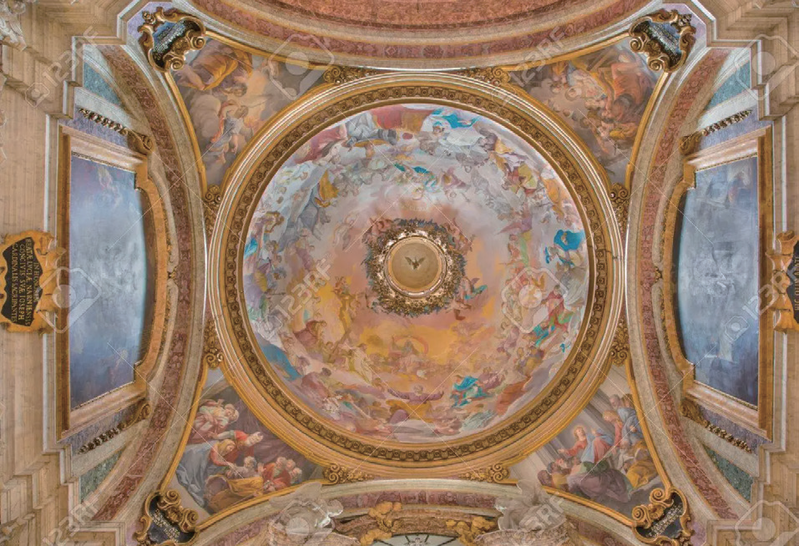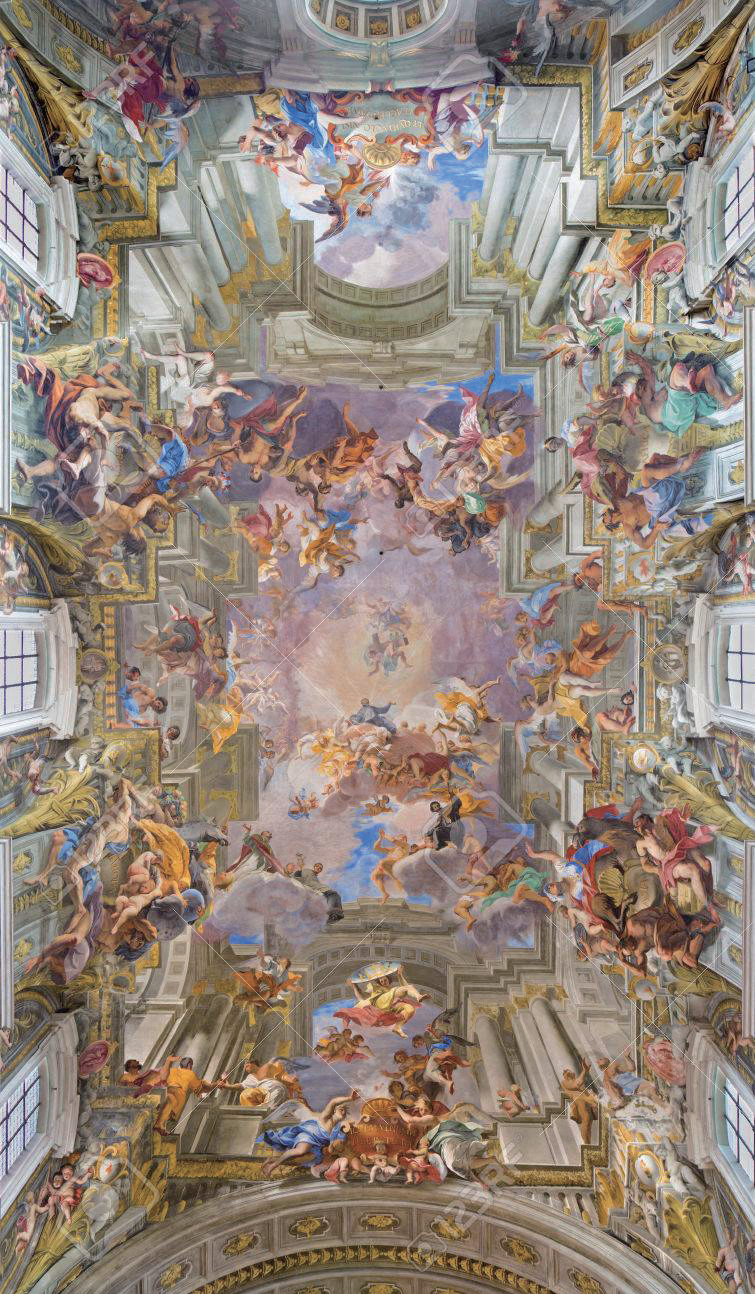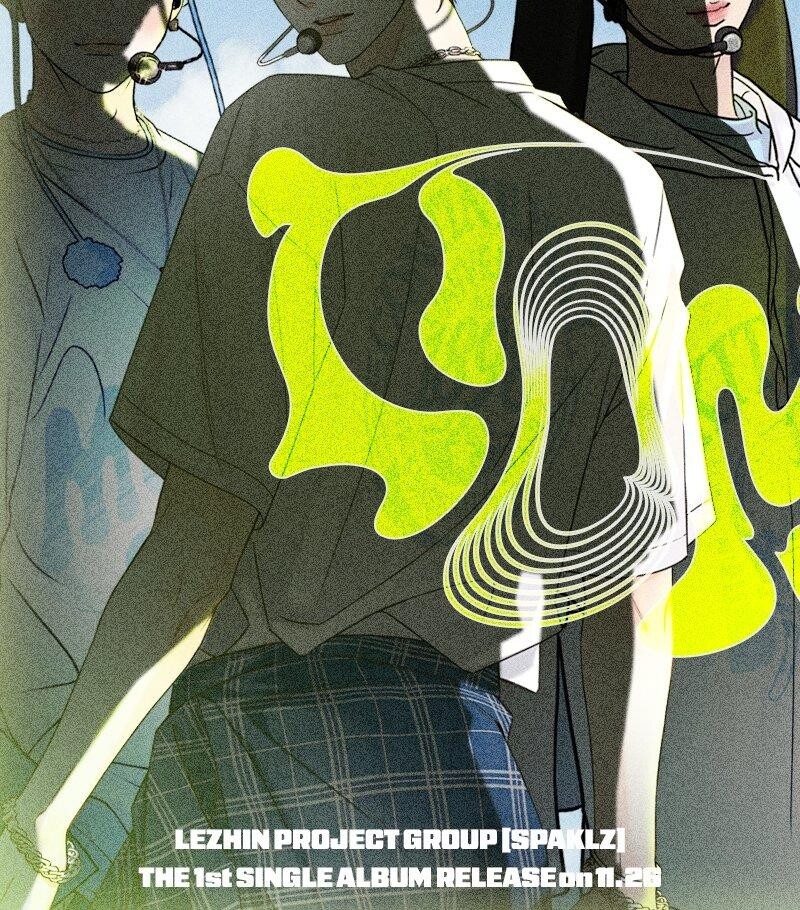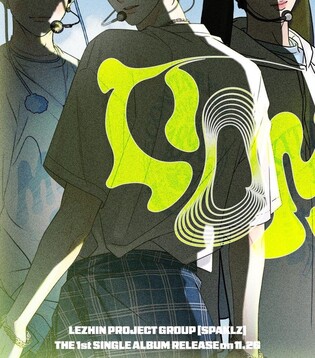*Editor’s note: K-VIBE invites experts from various K-culture sectors to share their extraordinary discovery about the Korean culture.
Chapter 1. The Past
Andrea Pozzo: Opening a Virtual World through Illusions
By Noh Seok-joon (Master K-architect engineer)
 |
As seen in Michelangelo’s The Last Judgment and The Creation of Adam on the ceiling of the Sistine Chapel, logging into a virtual world was entirely possible even in the analog era. Instead, it required special techniques to immerse and guide the viewer into the virtual world within the painting. For this purpose, Michelangelo used the physical size and structure of the chapel, along with painting techniques.
The primary techniques used in painting to enhance immersion include perspective and chiaroscuro. By maximizing the sense of distance and three-dimensionality, a flat, one-dimensional surface gains spatial depth, making it appear as a three-dimensional space. When combined with the viewer’s imagination and immersion, it creates a three-dimensional sense of space, effectively logging into a virtual world.
The Entrance to the Virtual World Hidden in Paintings
One of the best examples of engaging the viewer’s immersion through illusion is Andrea Pozzo’s ceiling painting The Triumph of Saint Ignatius in the Church of Sant'Ignazio di Loyola in Rome. Painted by Italian artist Andrea Pozzo, The Triumph of Saint Ignatius was created in a unique and fascinating way among several ceiling paintings of that era.
The Church of Sant'Ignazio di Loyola, built to honor the founder of the Jesuits, St. Ignatius, started construction in 1626 and was completed in 1650 in the Baroque style. Unlike other European churches with domed ceilings, this church has a flat ceiling. However, most viewers perceive the ceiling as domed. Andrea Pozzo created an illusion of a domed ceiling on the flat, rectangular surface, making it appear as a real dome.
Pozzo painted several fake domes on the ceiling and added fake columns designed to match the real columns of the church. Using perspective, he created an illusion of columns rising towards the sky, making the church appear much higher and grander than it actually is. Moreover, by extending the structures of the walls and columns from the floor to the ceiling in a seamless manner, the physical limitations of the church’s size and structure were overcome.
 |
 |
| ▲ Andrea Pozzo's The Triumph of Saint Ignatius |
The ceiling painting itself is even more astonishing than the fake dome. Using his exceptional imagination and perspective techniques, Pozzo depicted a magnificent and fantastical scene. He used a lot of white towards the center of the painting to emphasize the ethereal image of heaven. On the ceiling above the altar, he painted a valiant Ignatius riding a horse and leading a battle, clearly conveying the theme and message of the painting to the viewer.
Additionally, Pozzo did not merely use perspective; he painted from the viewer’s viewpoint. When a viewer stands in the central aisle of the church and looks up at the ceiling, most of the figures appear as they would from below, enhancing the illusion that the viewer is being drawn into the virtual world and reaching heaven. Through such execution and planning, the viewer becomes part of Pozzo’s painting, experiencing the blessings of heaven. This turns the viewer from a mere observer into an indirect participant in the virtual space created by the grand architectural ceiling painting.
This approach is very similar to the core technology of modern metaverse virtual reality. Instead of goggles, the grand architectural space and its paintings serve as immersive devices that log the viewer into the virtual world. Such devices allow the viewer to immerse themselves in the virtual world created by the artist, experiencing it as if they were actually there. This is the primordial virtual reality born in the analog era.
(C) Yonhap News Agency. All Rights Reserved


































